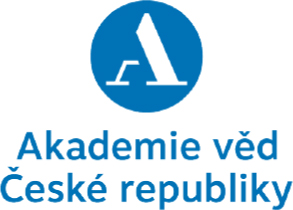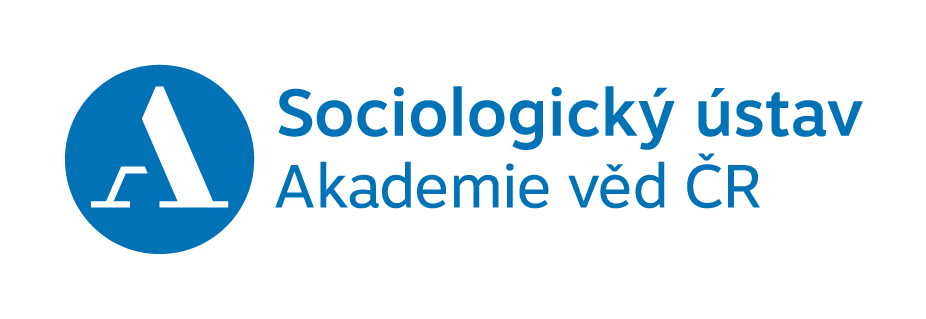Unauthorised entry of railway premises accounts for approximately 200 casualties per year in the Czech Republic. Although the phenomenon is highly pertinent to children and youth, it does not receive sufficient attention in traffic safety education. Existing research has mapped railway trespassing in the Czech Republic in general terms only, with primary focus on the conditions of emergence and characteristics of high-risk sites. In contrast, international research and practice pay more attention to shaping public awareness, including education of children and youth.
Unauthorised entry of railway premises accounts for approximately 200 casualties per year in the Czech Republic. Although the phenomenon is highly pertinent to children and youth, it does not receive sufficient attention in traffic safety education. Existing research has mapped railway trespassing in the Czech Republic in general terms only, with primary focus on the conditions of emergence and characteristics of high-risk sites. In contrast, international research and practice pay more attention to shaping public awareness, including education of children and youth.
The goal of the present study is to obtain basic information on children and youth’s attitudes to the illegal high-risk behaviour that railway trespassing is. Its primary aim was to define the basic factors to take into consideration in formulating educational programmes on railway trespassing for the target group of older children and youth.
The data was collected by means of focus groups conducted at two schools with children aged 11–16 years. Both schools were located in immediate vicinity of illegal shortcuts across railway tracks where previous field research had indicated the presence of the relevant groups of youth. Both shortcuts differed in their character and uses: one was unique locally, used almost exclusively by students of the school, while the other was part of a series of frequently used pathways across the tracks dividing the town. In defining our research categories, we considered factors affecting individual traffic behaviour: knowledge of rules and risks, habits learned in the family context and, especially for children and youth, peer behaviour.
The available railway shortcuts are used by children both to save time and for leisure activities. The children are aware of this action’s illegality and, to some extent, knowledgeable about related hazards. However, their ability to assess those hazards is limited. They consider trespassing in places that they know to be relatively safe. They claim to keep caution while crossing, yet they apply some widespread misconceptions. They almost never encounter surveillance or sanctions. Adults act primarily as negative role models, especially in places where the railway tracks pose a significant barrier and trespassing is an everyday reality for a large part of the local population. Relevance of peer influence was confirmed by the focus groups.



